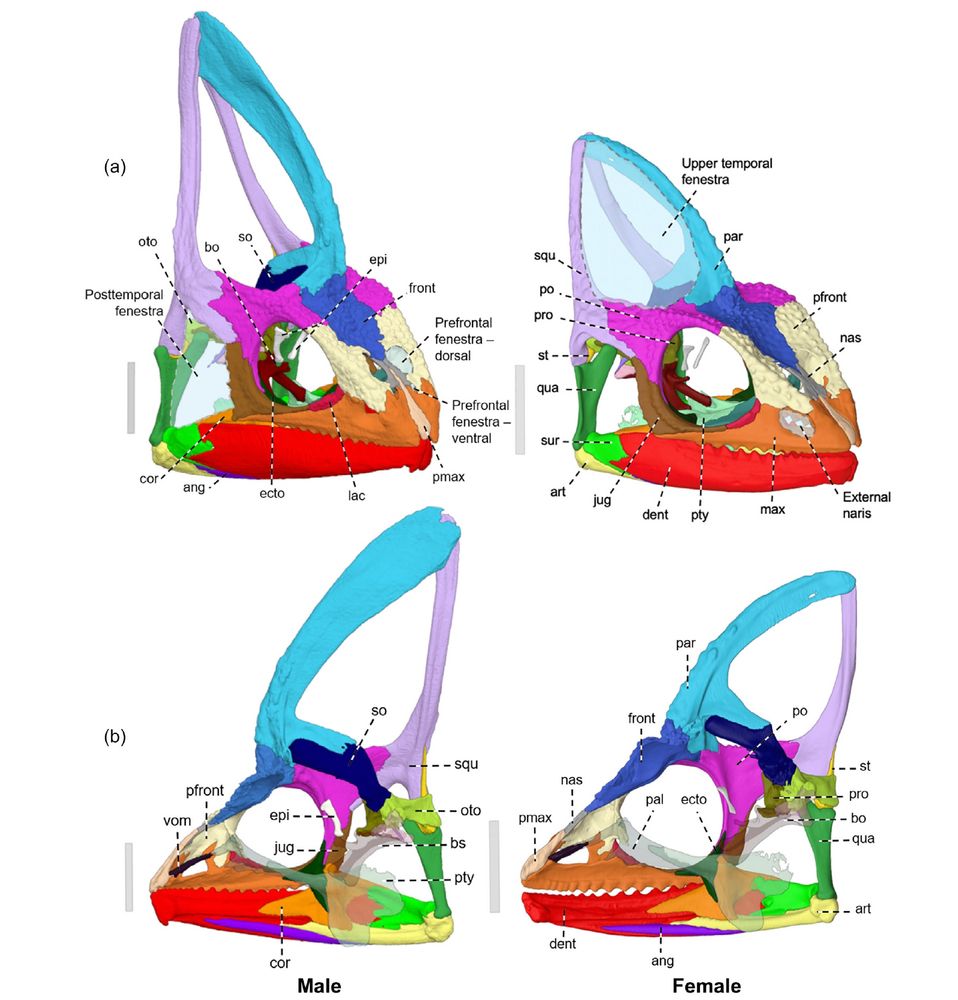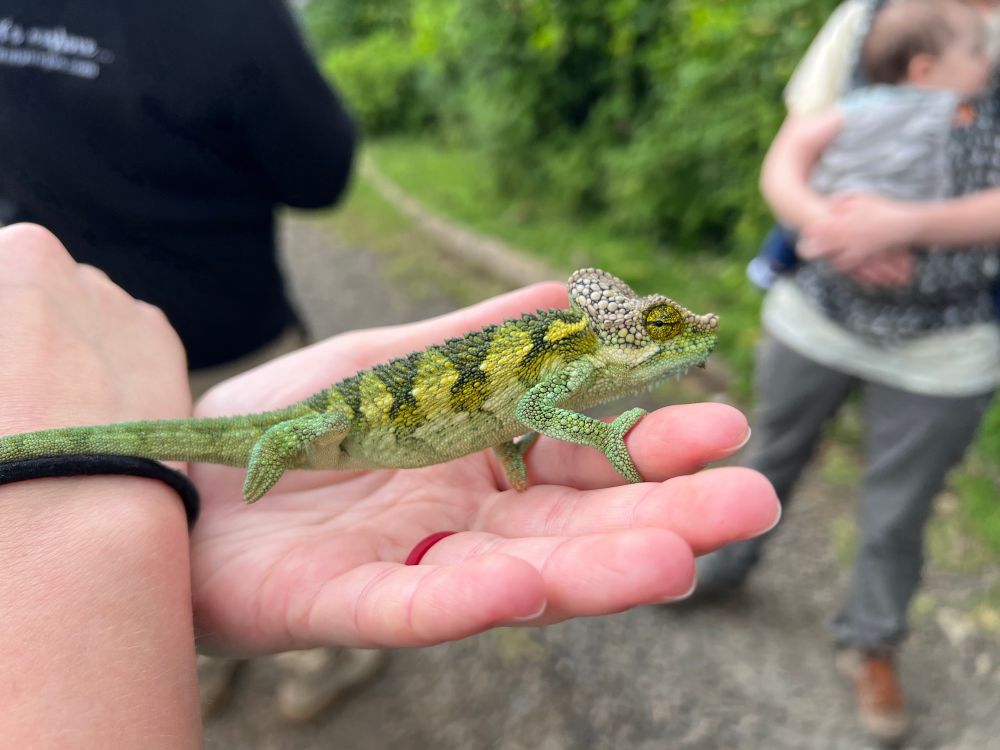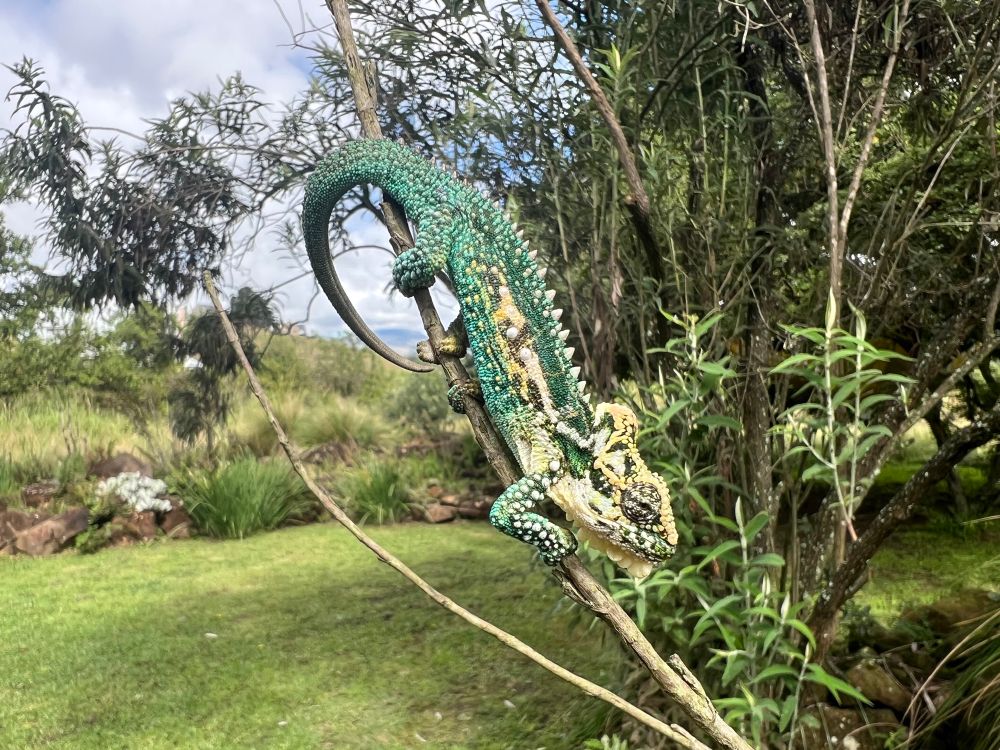
anatomypubs.onlinelibrary.wiley.com/doi/full/10....

anatomypubs.onlinelibrary.wiley.com/doi/full/10....
Let me tell you about the "three-legged pirate" lizards 🏴☠️
[Paper: www.journals.uchicago.edu/doi/10.1086/... ]
(1/n)

Let me tell you about the "three-legged pirate" lizards 🏴☠️
[Paper: www.journals.uchicago.edu/doi/10.1086/... ]
(1/n)
Article: www.journals.uchicago.edu/doi/10.1086/...
Summary: theconversation.com/3-legged-liz...

academic.oup.com/cz/advance-a...

academic.oup.com/cz/advance-a...

On the cover, a chameleon capturing prey, using its ballistic tongue, driven by a linear actuator, a skeletal rod squeezed out by muscles. So ingenious is the solution that lungless salamanders evolved it too... 🦎
www.cell.com/current-biol...

On the cover, a chameleon capturing prey, using its ballistic tongue, driven by a linear actuator, a skeletal rod squeezed out by muscles. So ingenious is the solution that lungless salamanders evolved it too... 🦎
www.cell.com/current-biol...

www.cell.com/current-biol...

www.cell.com/current-biol...










































Bradypodion cf. melanocephalum “Hilton” & Bradypodion cf. thamnobates “Karkloof”




Bradypodion cf. melanocephalum “Hilton” & Bradypodion cf. thamnobates “Karkloof”
Bradypodion melanocephalum, Chamaeleo dilepis, Python natalensis hatchlings, & Dastpeltis inornata.




Bradypodion melanocephalum, Chamaeleo dilepis, Python natalensis hatchlings, & Dastpeltis inornata.


